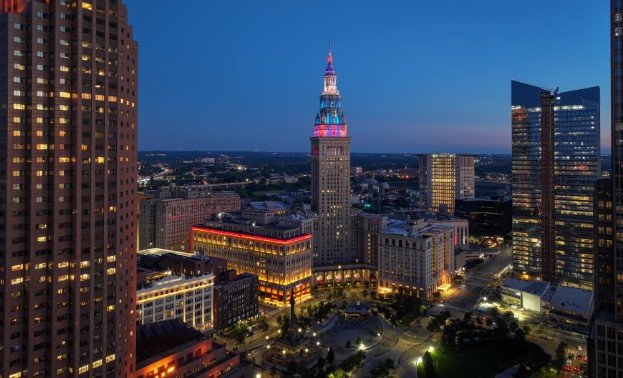Former First Lady Eleanor Roosevelt and educator Mary McLeod Bethune greeted each other at the front of the room with a hug and a smile, the pair of friends waving to a packed crowd in a Maple Heights senior center.
The two have been dead for more than half a century, but on a recent afternoon, they were very much alive. The actresses portraying Roosevelt and Bethune detailed the stories of their lives and the women's friendship, which intersected at policy advocacy, civil rights and feminism.
"Once we established that friendship, we wanted to get together more because we knew we could use our voices, as you said, to actually do something to make a difference, to be useful, and to help others," Ruth Pangrace, the actress playing Roosevelt, said in an uncanny impression of the first lady and activist.
Several in the crowd murmured in agreement or shock as Pangrace and Jeannine Gaskin, who portrayed Bethune, explained the obstacles they faced as women — particularly Bethune as a Black woman — advocating for the future of Americans: including the ones in the room.
The events and stories the actresses described are nearly a hundred years old. But many say the lessons are still relevant.























